What is Q factor and why does it matter on kids bikes?
If you’ve spent much time looking at quality children's bikes you may have come across the term Q-Factor. It sounds like a technical term but Q-factor is actually a relatively simple yet important concern, especially in children’s cycling where its effects are proportionately larger.
What is Q-factor?
The term Q-factor was first coined by Grant Petersen, the "Q" stands for "quack"!
It's a reference to the wide stance and waddling gait of ducks and is used to reference the width of a rider’s stance (or gait) on the bike.
Q-factor is measured as the horizontal distance between the pedals along the axis of the bottom bracket of a bike .
Does Q-factor matter on a child's bike?
Q-factor is most important for cyclists with shorter legs, where the angle from their hips to the pedals is more exaggerated.
By reducing the horizontal distance between the pedals the rider’s feet track closer to their natural stance (gait).
This enables them to push through the pedals with their thighbone aligning closer to the centre of their foot, maximising the rider’s power delivery - which improves overall pedalling efficiency.
Because power is being delivered more directly to the pedal without a loss laterally, it can also help to eliminate side to side wobble and also reduces pressure on the sides of the knee.
This is particularly important for younger riders who are more likely to have shorter legs and less developed balance.
As with any bicycle design decisions, altering one element has a knock-on effect to another.
By reducing stance width and crank arm length it’s possible to lower bottom bracket height whilst maintaining a safe lean angle (crank arm clearance from the ground when the bike is leaning).
This means the rider can get their feet on the ground whilst still having the saddle set at the correct height.
This is critical for safe, efficient pedalling, a detail which is often overlooked by some children’s bicycle manufacturers.
When does Q-factor become important on my child's bike?
This might sound like something that won't have much of an impact on a childs bike riding, but in reality these marginal gains around child specific componentry, weight and ergonomics can make a huge difference to the comfort and efficiency of the childs riding ability, as well as making the bike easier to learn on.
Some children can just leap on a bike, start pedalling and never look back. Others may struggle with pedalling, or others complain about sore knees or legs.
In these cases it's useful to look at the bike your child is riding, and consider whether a bike with a different Q-factor or crank length may help.
Younger riders will almost definitely never notice what is causing these incremental improvements, but they will notice that their bike is more enjoyable to ride.
And when all’s said and done, that’s what really matters.
Other articles you might be interested in:
Cycle Sprog's most popular articles
Here at Cycle Sprog we help thousands of families each week find the information they need about kids bikes and cycling together as a family.
We've got hundreds of articles on the website, and we do hope you enjoy browsing them, but if you're in a hurry these are our most popular articles that will get you started.
Winter cycling adventures await!
The temperatures have dropped and the mornings are frosty, but that doesn’t mean family cycling has to go into hibernation. With cosy layers, dependable lights and a bit of forward planning, you can keep riding right through the winter months.
We’ve gathered our best tips and trusted gear recommendations to help you stay warm, dry and visible on every ride — from icy school runs and festive weekend outings to energetic laps at the local park. Winter cycling can be brilliant fun, and we’re here to help you make the most of it!
Our latest articles
Here at Cycle Sprog we're always publishing brilliant new articles, and here's a selection of our newest releases.
The best way to keep up to date with all the latest news, reviews, advice and routes is to sign up for our weekly newsletter.
-
 Hamax Bike Seat Rain Poncho Review
Hamax Bike Seat Rain Poncho Review
-
 SPARKY Kids helmet review: Smart safety made fun
SPARKY Kids helmet review: Smart safety made fun
-
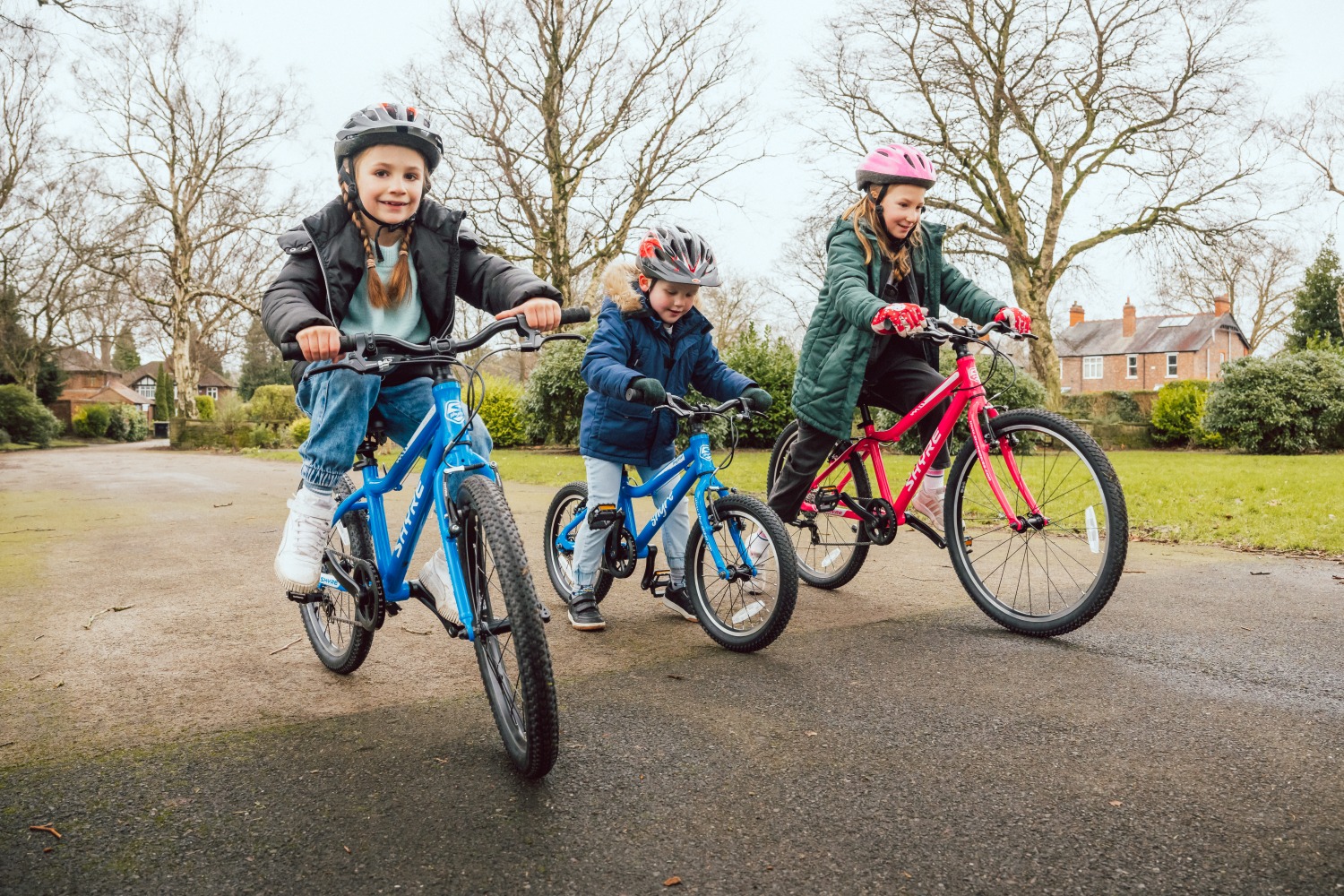 Shyre Bikes range overview: a new kids bike brand built for adventure
Shyre Bikes range overview: a new kids bike brand built for adventure
-
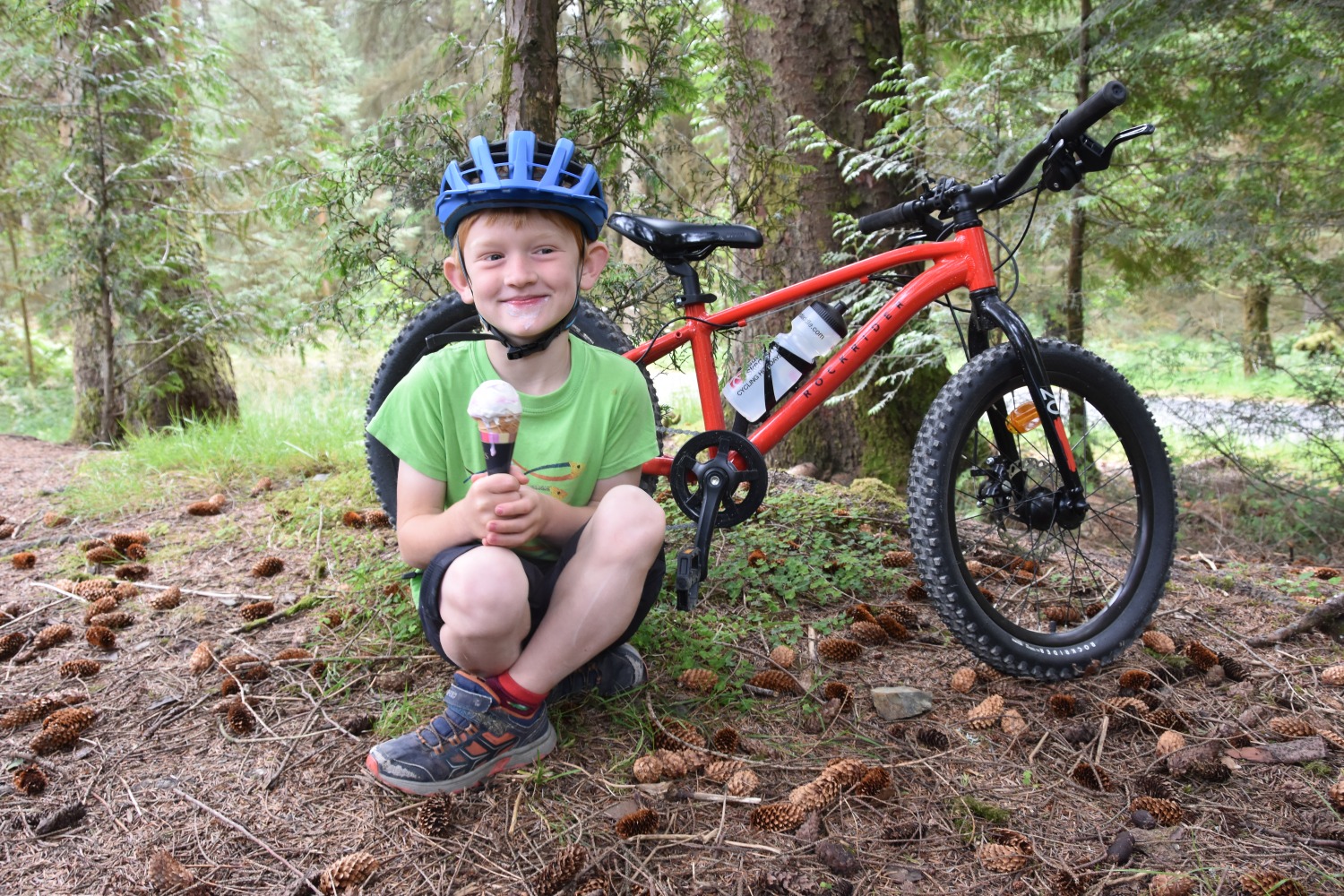 BTWIN 20” EXPL 900R review: Budget kids mountain bike
BTWIN 20” EXPL 900R review: Budget kids mountain bike
-
 Hornit Bikes brand overview: incredibly well-designed and lightweight kids bikes
Hornit Bikes brand overview: incredibly well-designed and lightweight kids bikes
-
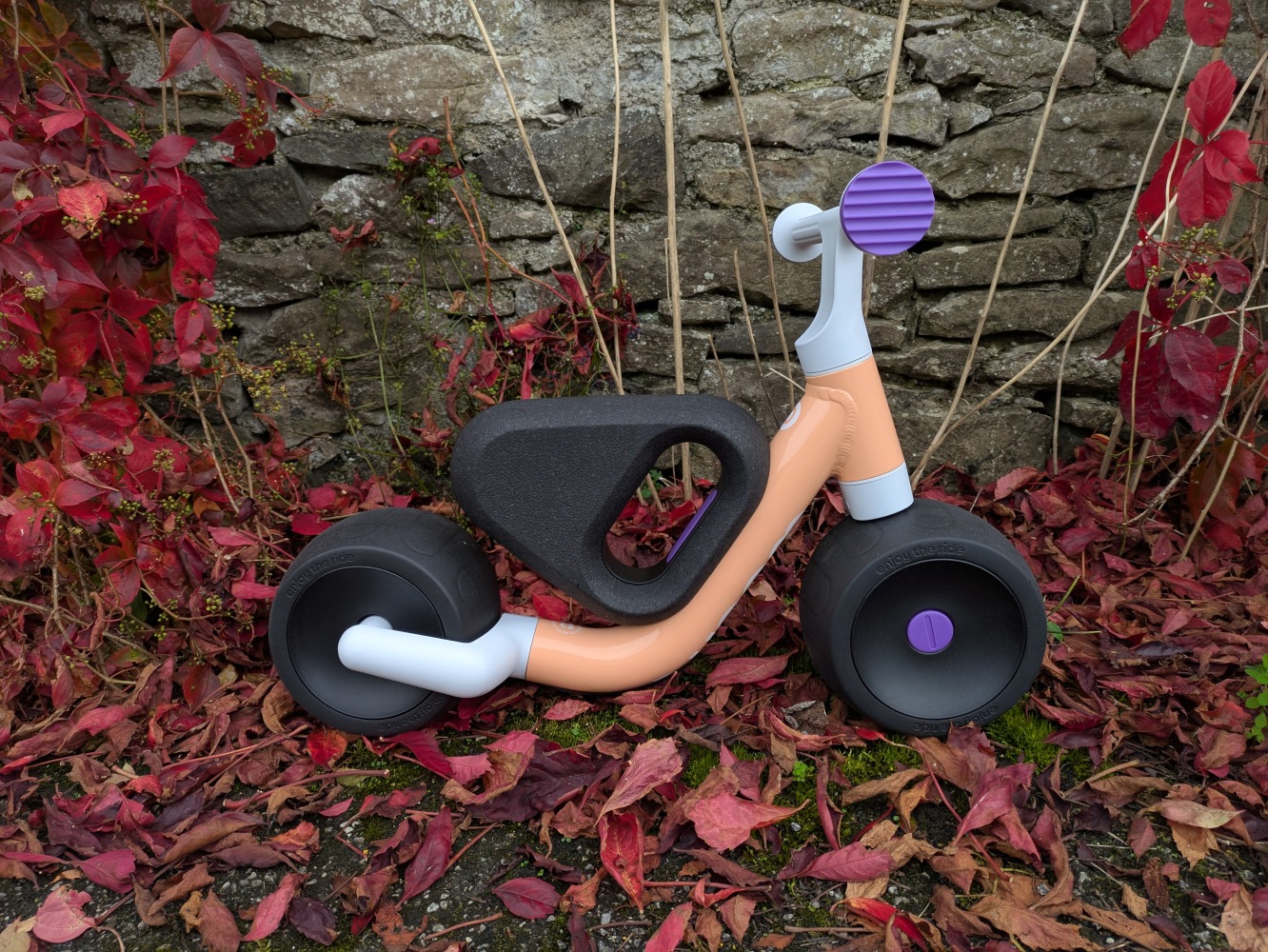 woom WOW first impressions review: the perfect introduction to cycling for your baby!
woom WOW first impressions review: the perfect introduction to cycling for your baby!
-
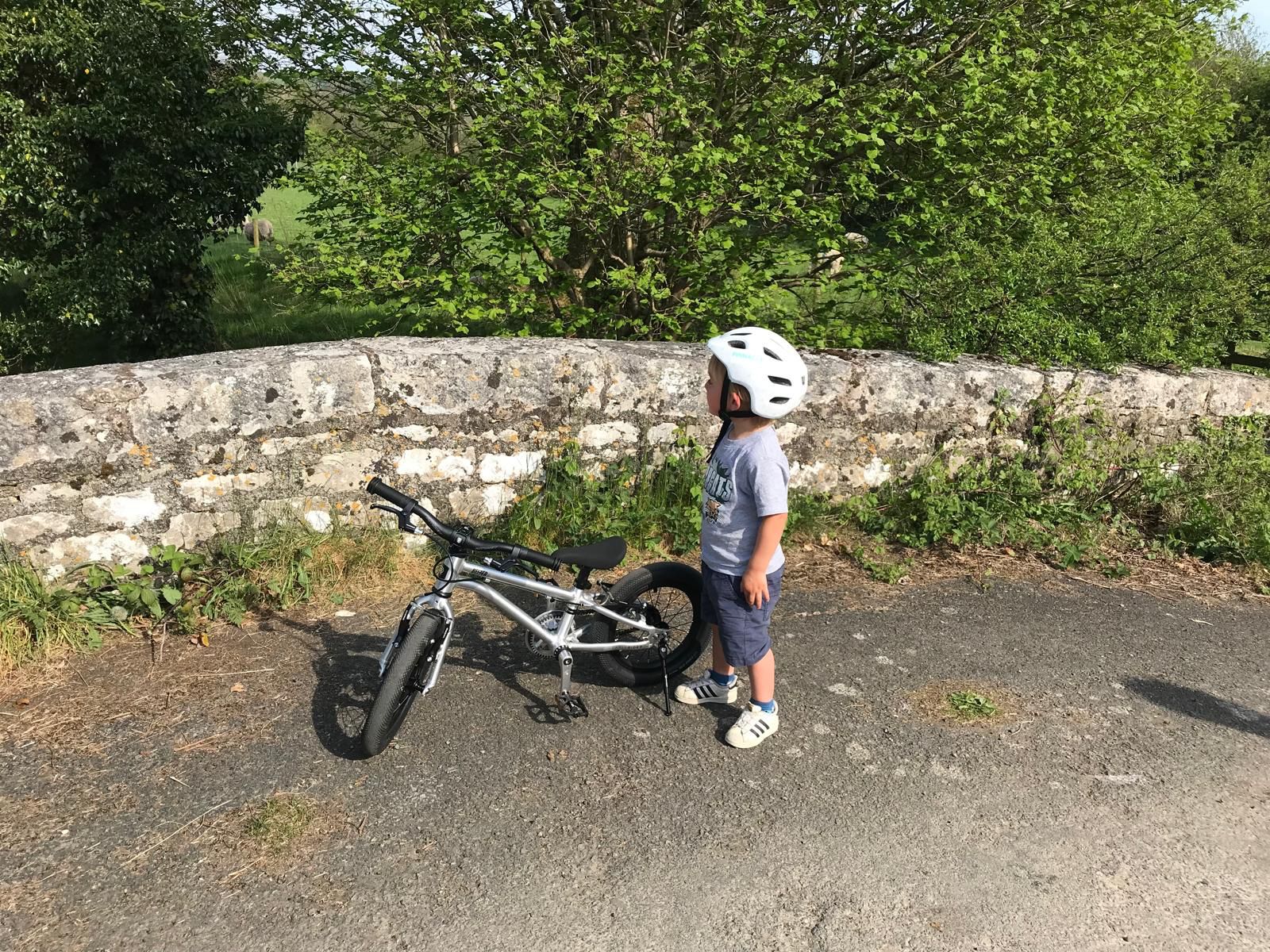 Early Rider Belter 14 review: A premium first pedal bike to inspire little cyclists
Early Rider Belter 14 review: A premium first pedal bike to inspire little cyclists
-
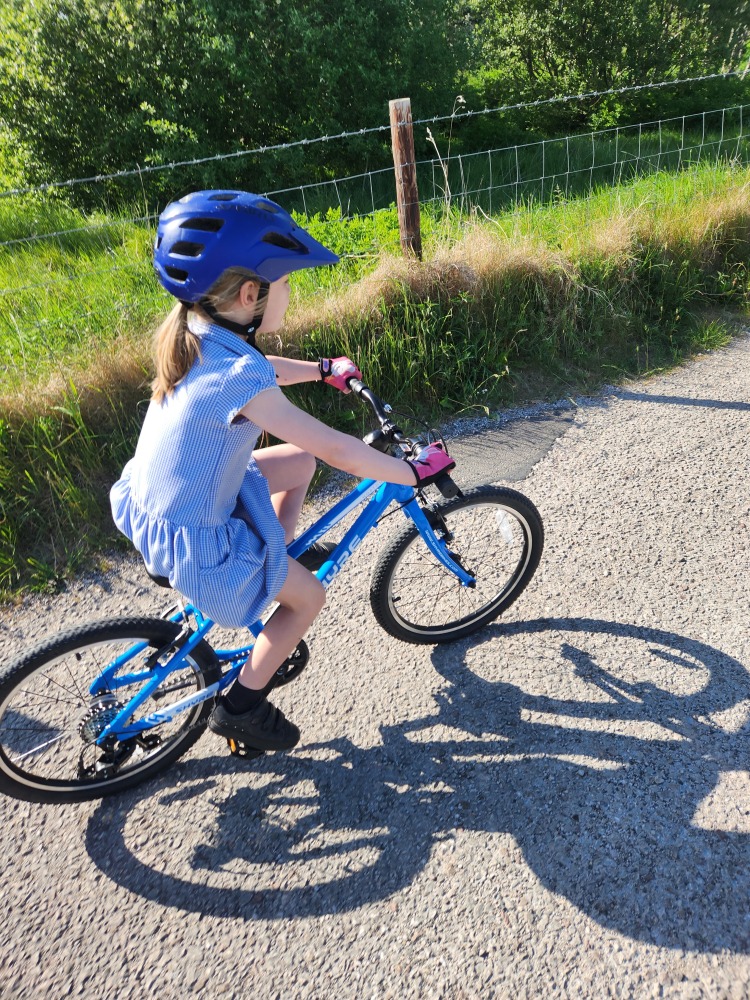 How to teach your child to ride a bike
How to teach your child to ride a bike
-
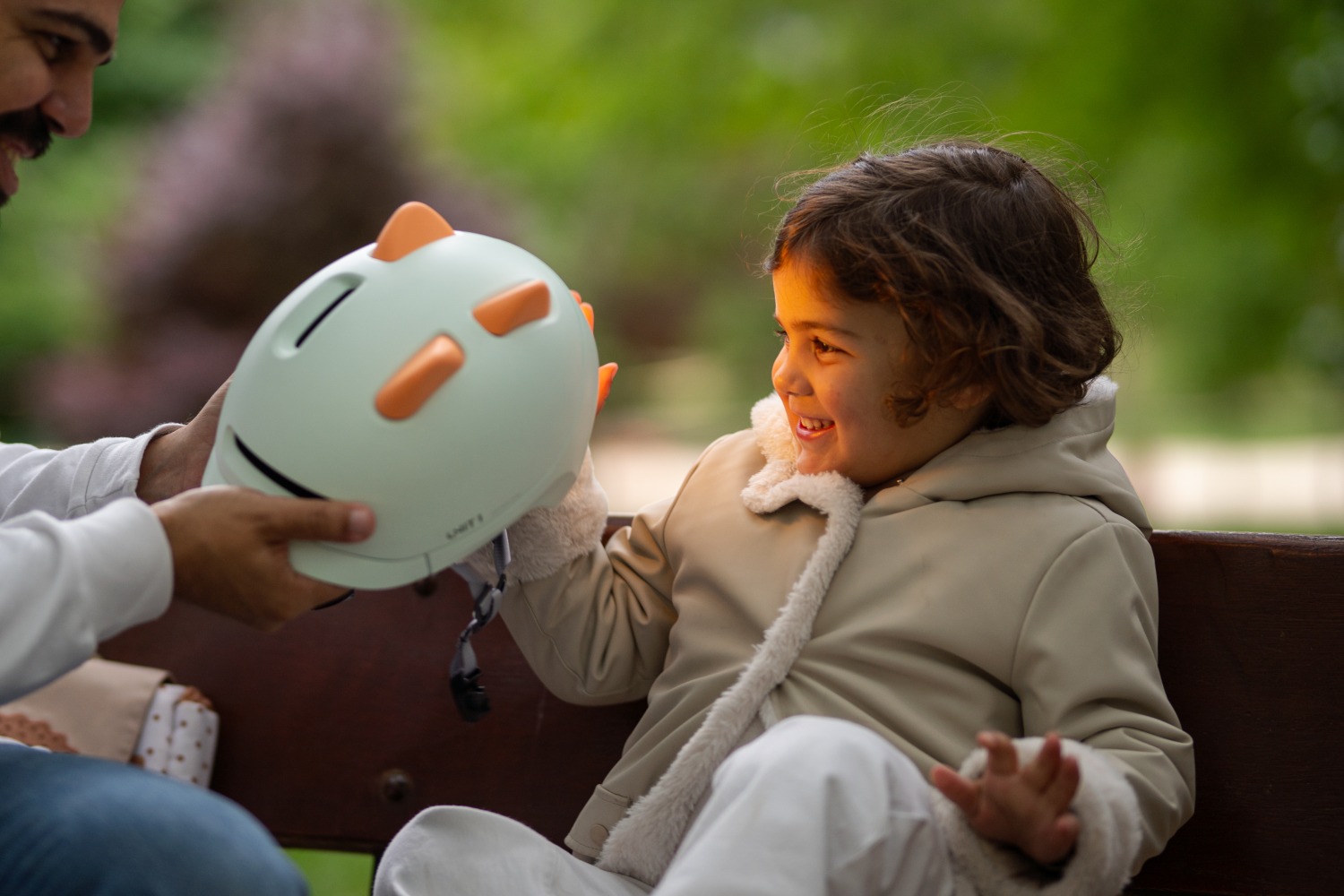 SPARKY kids helmet: making safety fun, one ride at a time
SPARKY kids helmet: making safety fun, one ride at a time
-
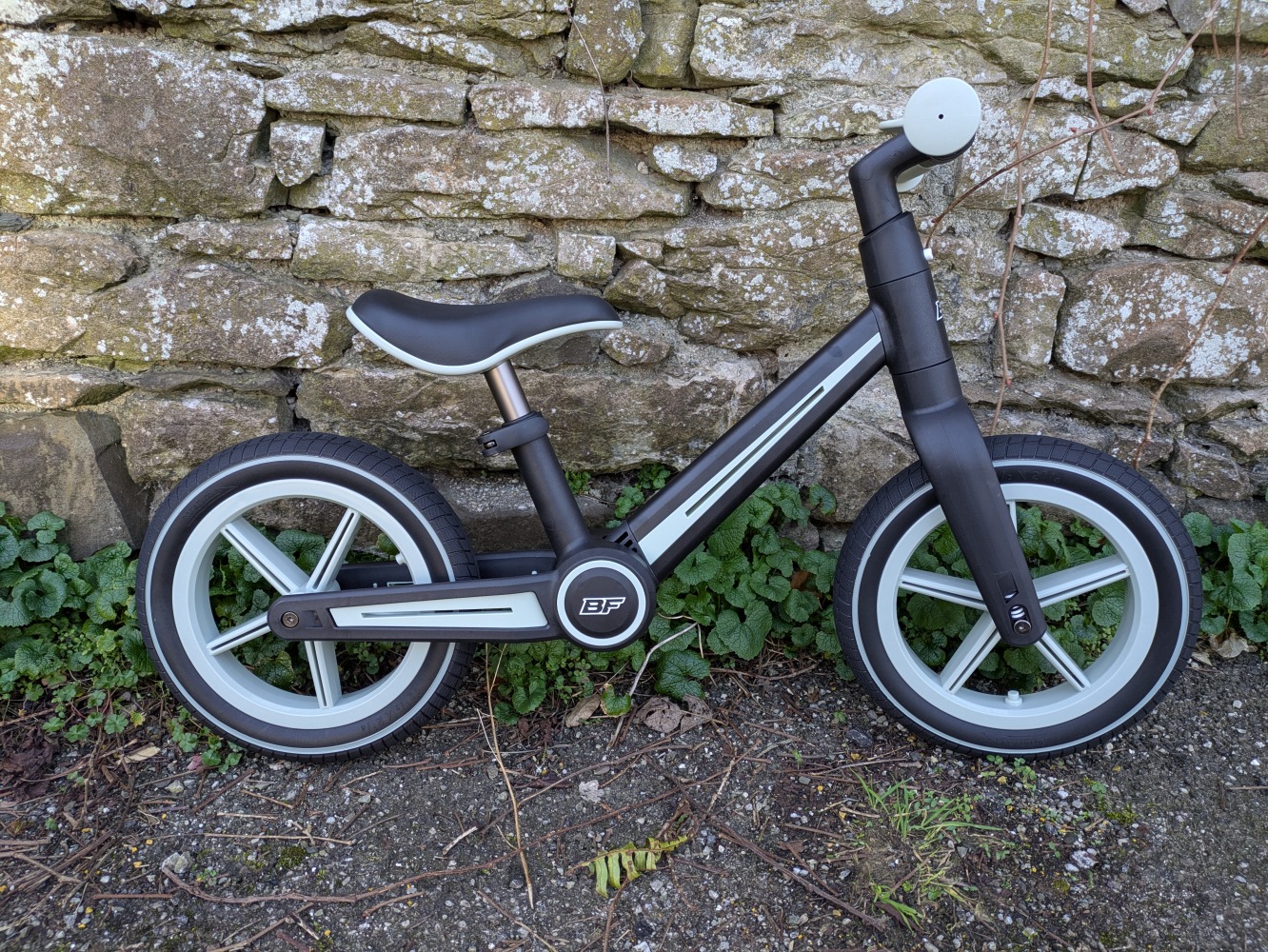 Be Fun Wheels review: A folding balance bike!
Be Fun Wheels review: A folding balance bike!
-
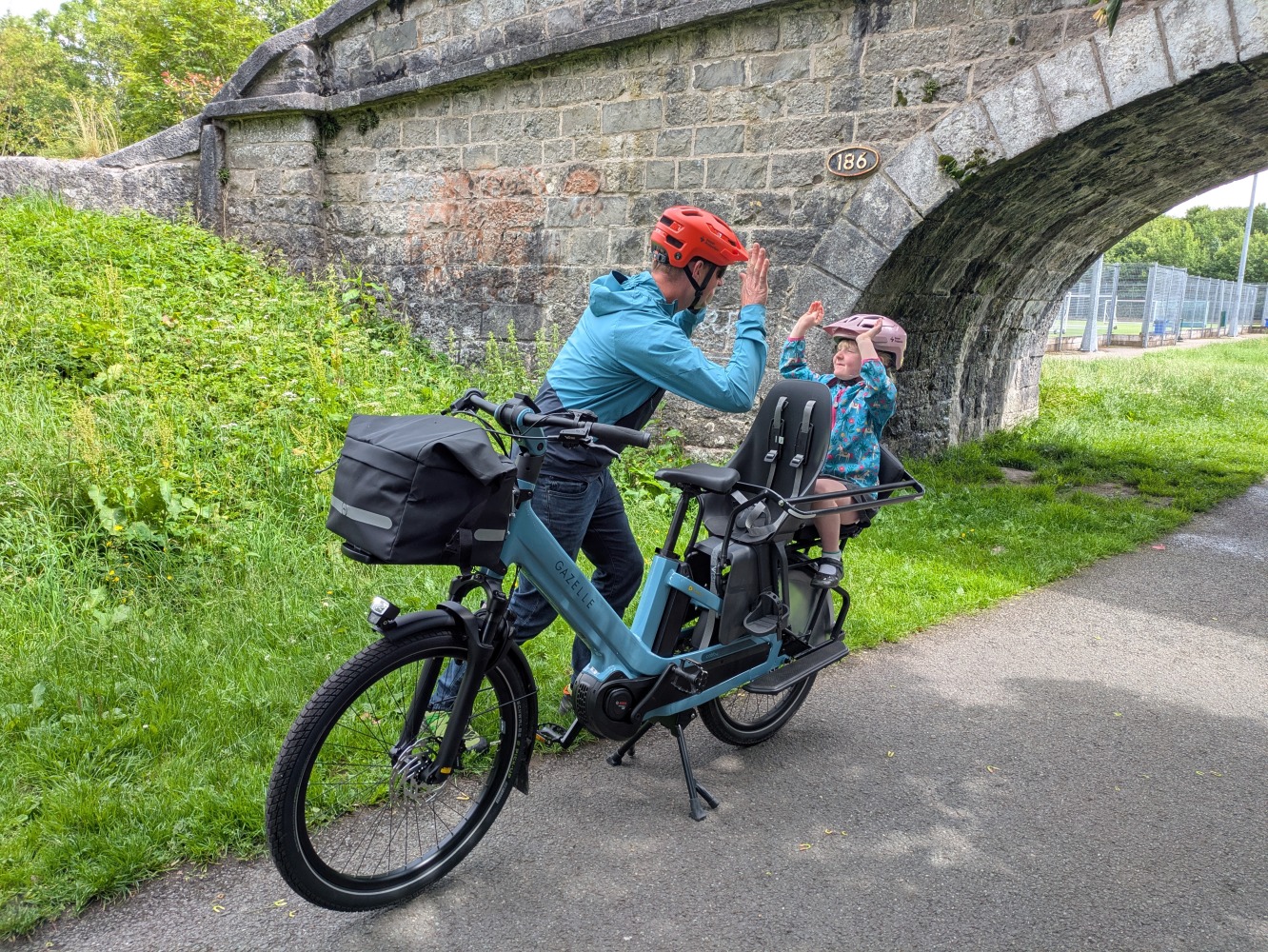 Gazelle Cabby Longtail Cargo Bike Review
Gazelle Cabby Longtail Cargo Bike Review
-
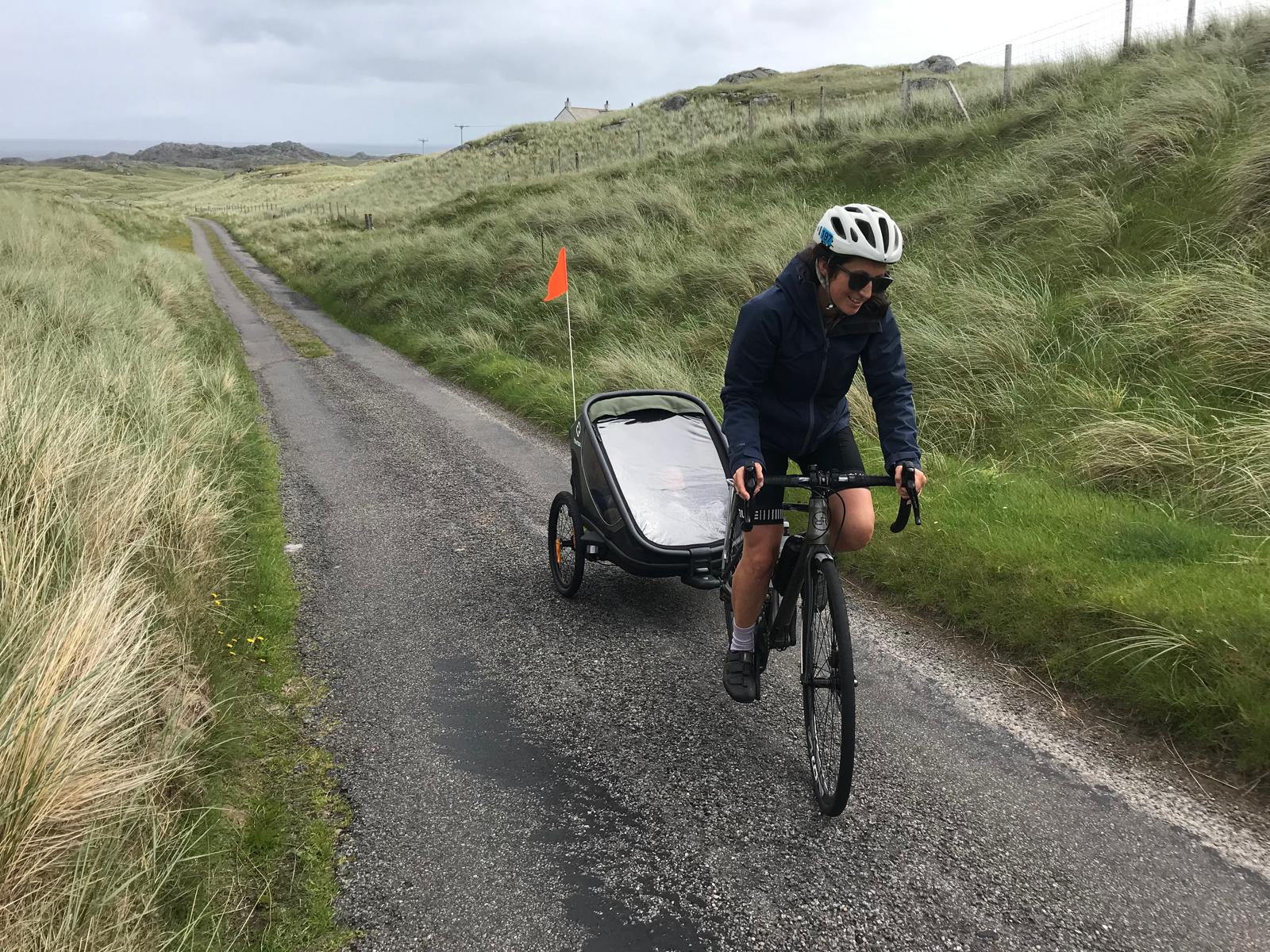 Hamax Outback Double Trailer Review: is this the best twin bike trailer?
Hamax Outback Double Trailer Review: is this the best twin bike trailer?
-
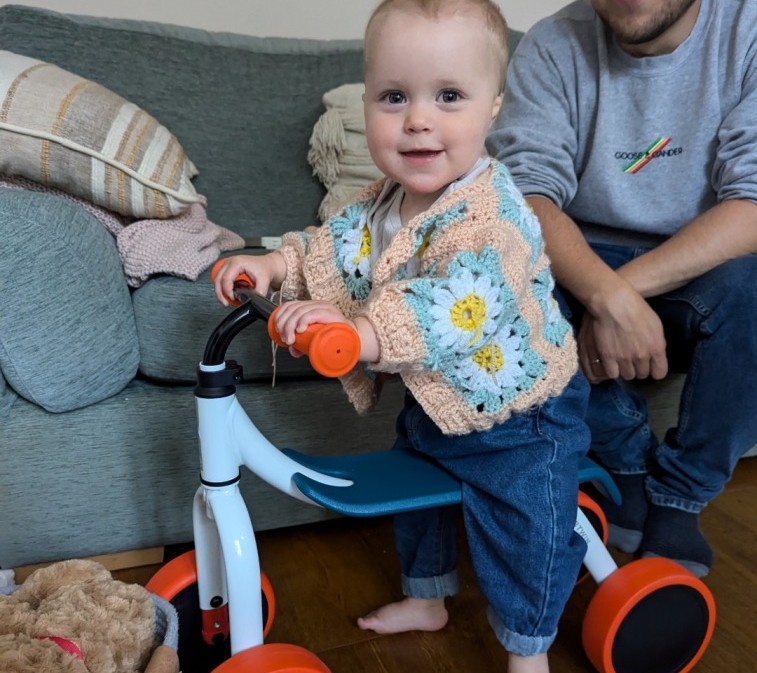 Btwin Convertible 2-in-1 Ride-On to Balance Bike review: A great option for a 1 year old?
Btwin Convertible 2-in-1 Ride-On to Balance Bike review: A great option for a 1 year old?
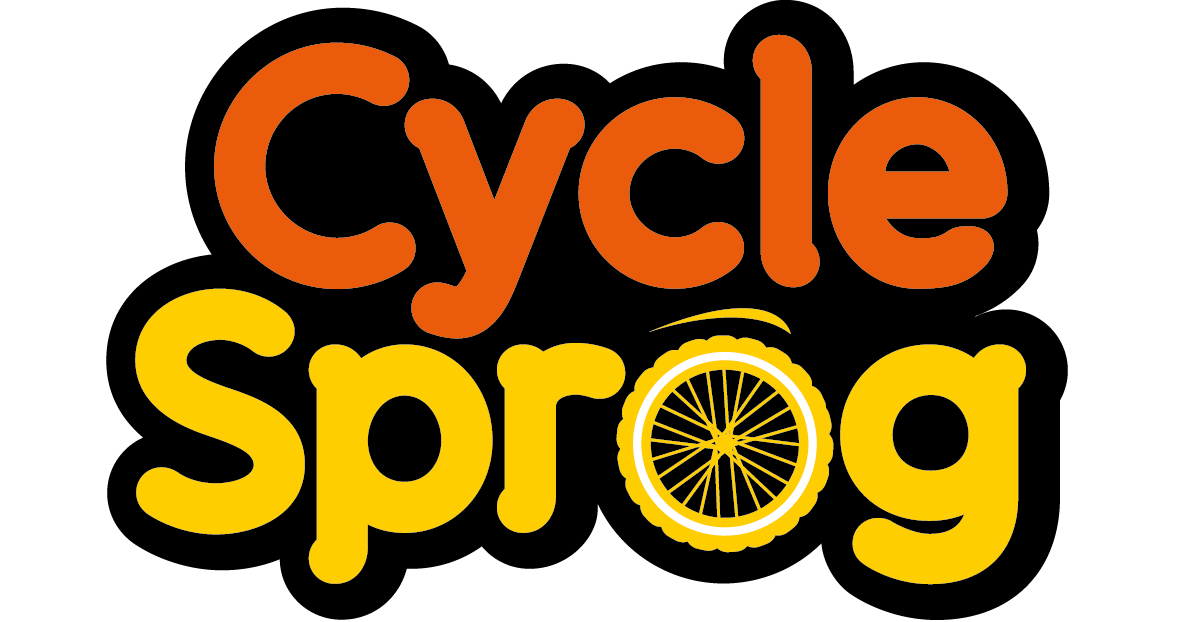

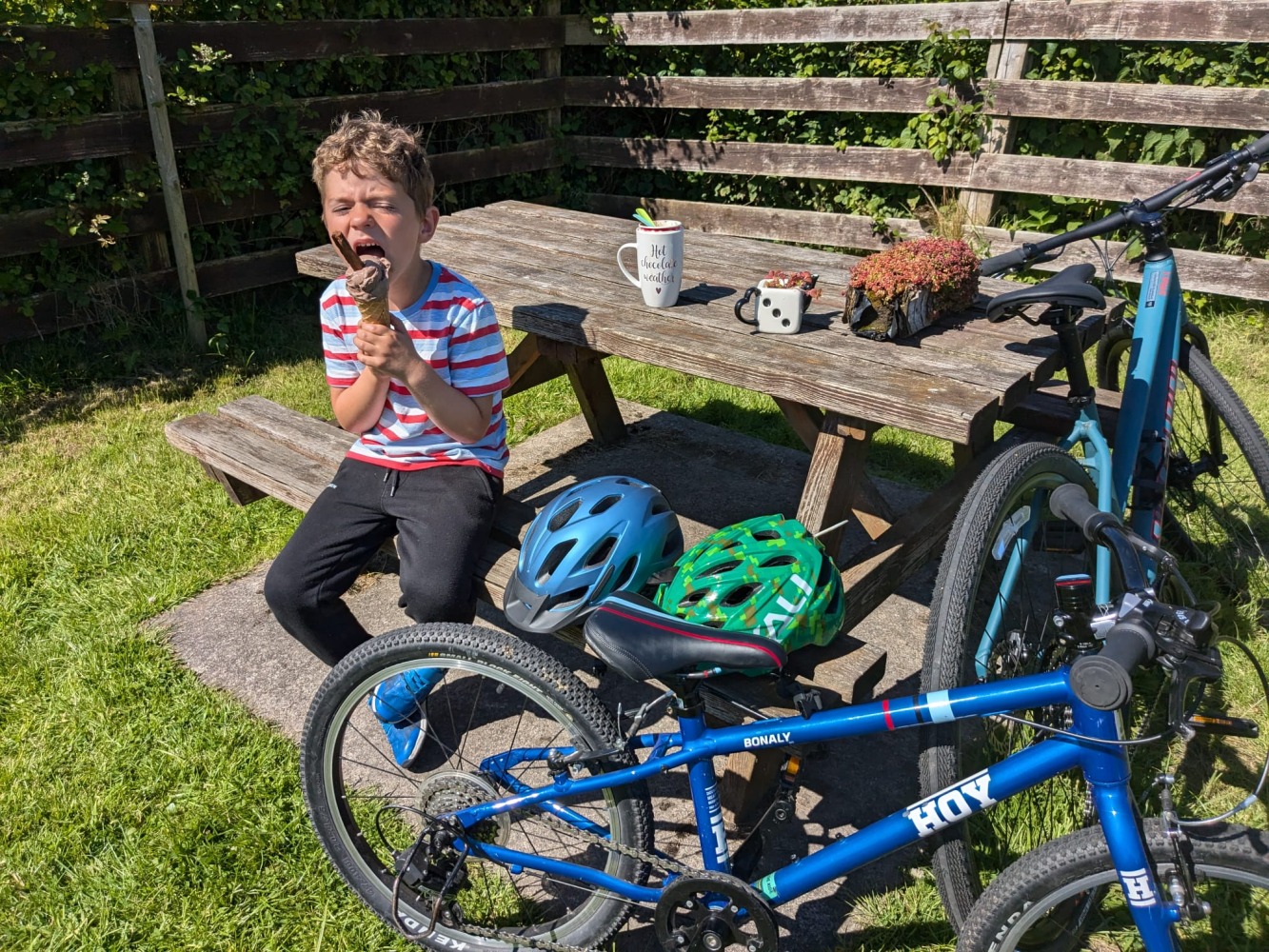

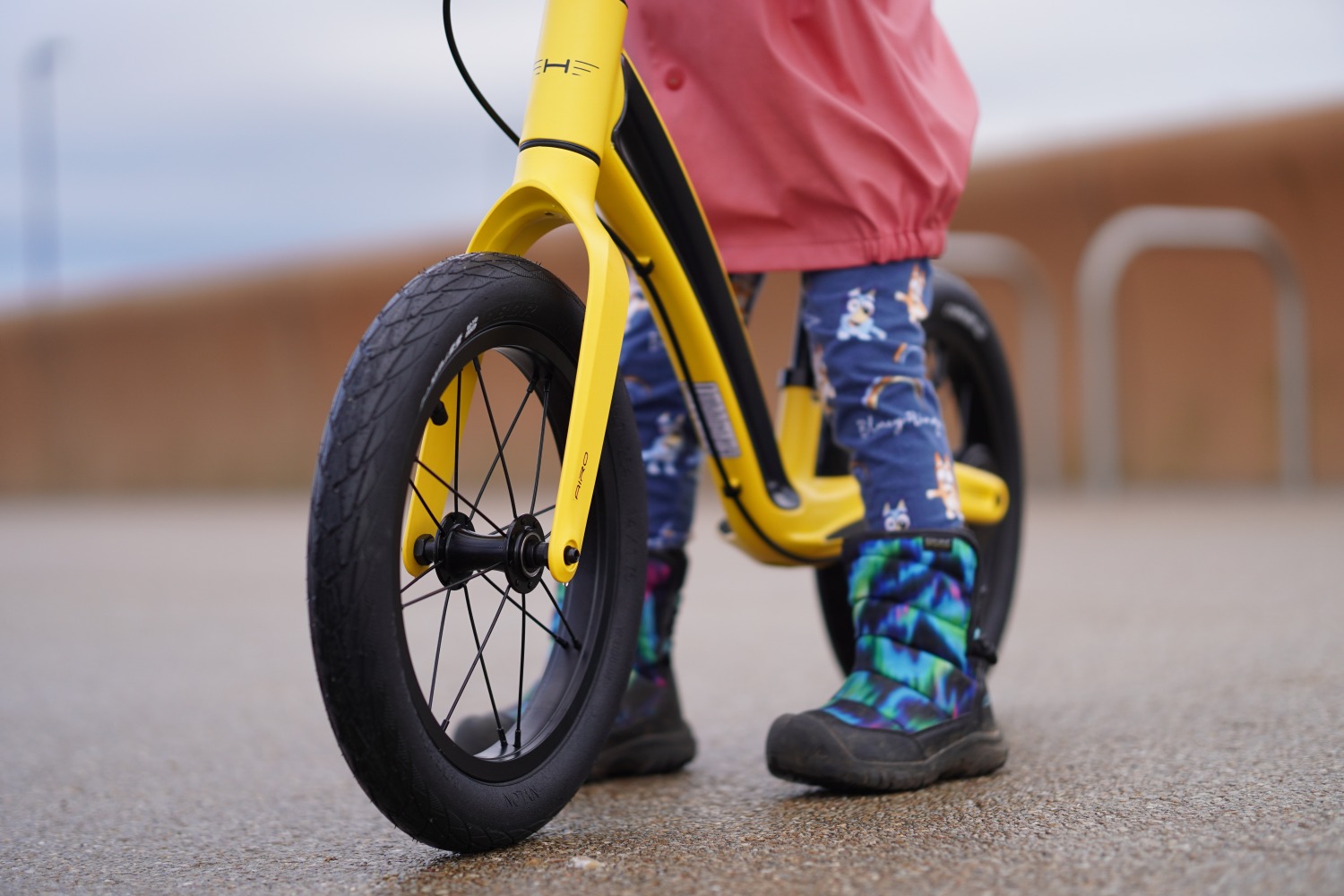

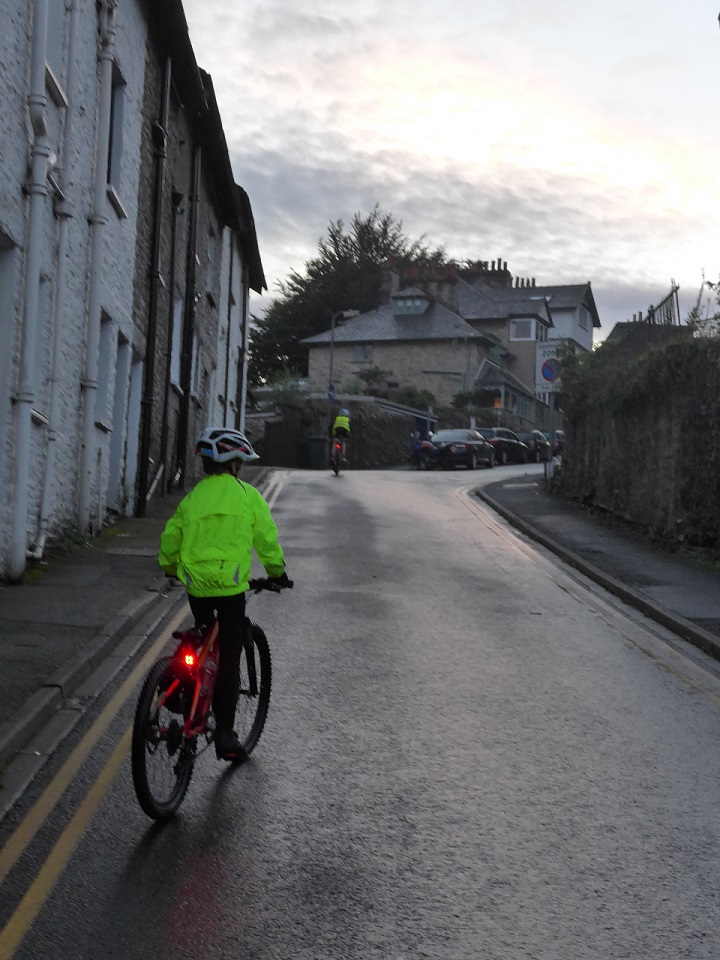
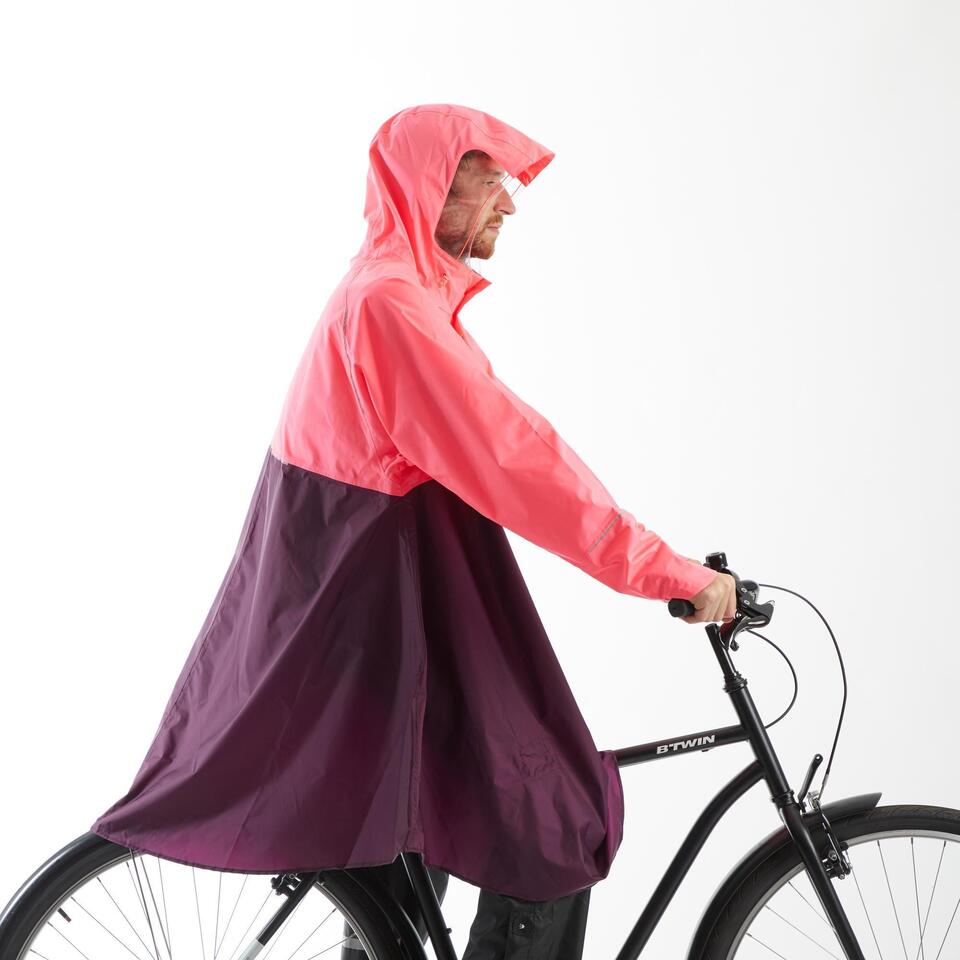
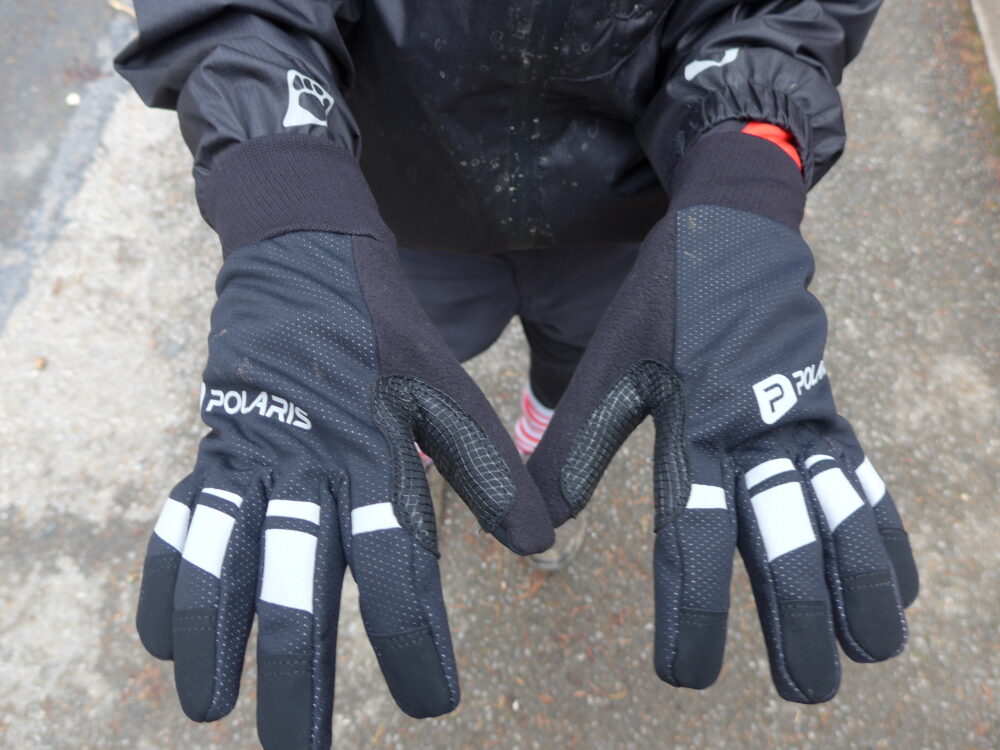
Comments